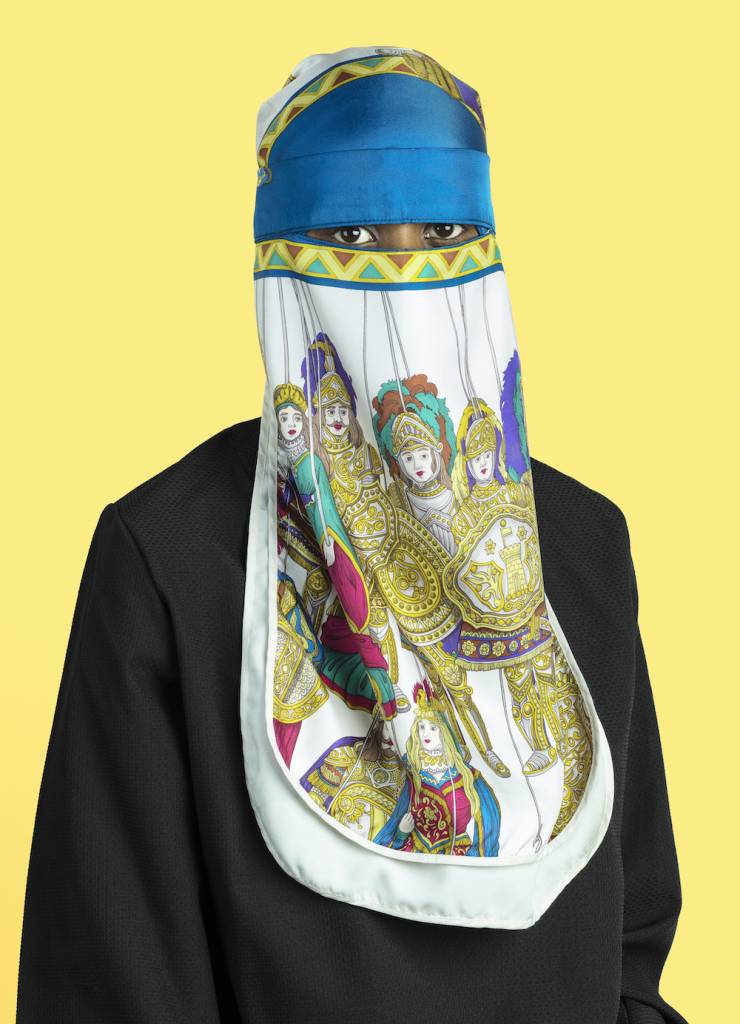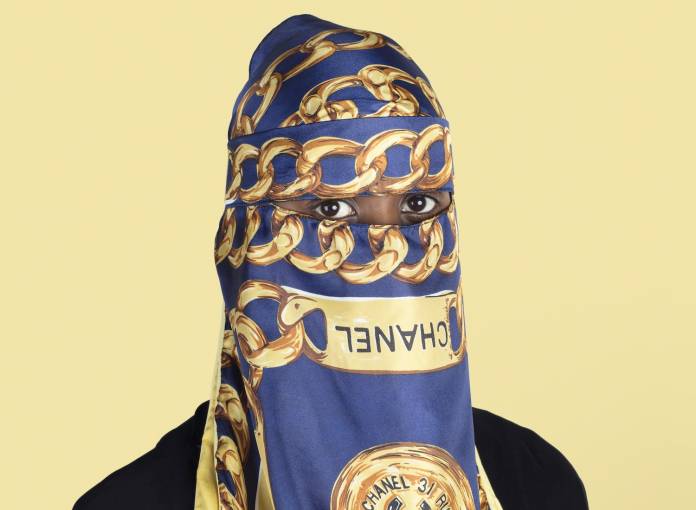At the refugee camp where he lived with his family after the Gulf War broke out in their native Iraq, Wesaam Al-Badry thought the photojournalists who came to the camp were heroes.
“They were these saviors coming in to tell our stories because our story gets out, we get help, the UN comes in, we get identification cards so we can go to the doctor,” he said. “Then you grow up and realize not all journalism is what you think—there is exploitation and voyeurism behind the lens. And at an early age I understood I didn’t want to be the kid with the runny nose in the photograph.”
And yet he retained a fascination with photography, trading his shirt and a bag of marbles with another kid to get a camera. Now Al-Badry, who has a BFA in photography from the San Francisco Art Institute, studies journalism at the University of California, Berkeley. His work includes photos of women whose sons have been shot and killed by police and Iraqi refugee women. Al-Badry says he never thinks of the people he photographs as subjects, but as people.
“I always think, ‘How would I want to show my mother in an image and how would I want to be seen?’ Nobody wants to look weak and pathetic,” he said. “I’m not interested in fetishizing somebody’s misery.”
After spending several years at the refugee camp, Al-Badry’s family moved to Lincoln, Nebraska. During high school, he worked at fast food places, and after graduation, he held a variety of jobs, including meat-packing, asbestos removal, and laying concrete. Still dreaming of being a photographer, he took a class at the local community college. That led to stints at Al Jazeera and CNN before he eventually landed at SFAI and Berkeley.

Now, some of Al-Badry’s photos from his Al Kouture series are in the Contemporary Muslim Fashions show at the de Young Museum (through January 6). They show women wearing scarves from major global fashion brands like Gucci and Chanel as niqabs. Al–Badry says the idea came to him when he joked with a friend who loves branded items that Louis Vuitton was selling a prayer rug for $3,600.
His photos ended up in the de Young exhibit because he had donated some work to be auctioned by SF Camerawork, an organization that gave him a show early in his career. Those photos caught the eye of Julian Cox, the de Young’s former curator, who wanted them to be part of the Muslim fashion show.
Jill D’Alessandro, who curated the de Young exhibit along with Laura Camerlengo, says Al-Badry’s helps round out the show by addressing political and social issues. “He’s very insightful,” she said. “He’s very giving and intellectually curious, and he’s a journalist, so he does all this research for his work.”
Help us save local journalism!
Every tax-deductible donation helps us grow to cover the issues that mean the most to our community. Become a 48 Hills Hero and support the only daily progressive news source in the Bay Area.
D’Allesandro says she and Camerlengo have been tracking the exhibition on social media, and Al-Badry’s work is heavily commented on. “It’s one of the most reposted,” she said. “I think it’s the visitors responding to the visual strength of it and these subtle statements it makes.”
Al-Badry wanted the curators to understand that this work is meant to critique Arab consumerism and Western fashion houses. Originally he was cautious about the idea of a Muslim fashion show, but he changed his mind after meeting the curators, who he thinks took a risk by doing the show.
“The Muslim is seen as the other in American society,” he said. “In the Trump era, you have a Muslim contemporary fashion exhibit while the Muslim ban is in effect. Think about that. In a way, it’s a soft protest. You’re pushing, but in a creative way. Nobody thinks Muslims have fashion—everybody thinks Muslims just wear burkas.”

Al-Badry, who was recently awarded the Dorothea Lange Fellowship, doesn’t really differentiate between his work as a journalist and a photographer. Before the midterms, he was commissioned to design a billboard for For Freedoms‘ 50 State Initiative—the largest public art campaign in American history.
Currently, his projects include working with a family in Standing Rock, another project in Mississippi, and taking photographs of the devastation of the Camp Fire in Paradise (rare for him in that they don’t feature people). He’s always thinking about what’s next, Al-Badry says, and he’s doing what he always has wanted to do.
“There’s that love and enjoyment in it,” he said. “I don’t see it as a job. I’m going to go to a place that’s 20 degrees below for a week, then I’m going to go to another place that’s 15 to 20, then I’m going to go to a place that’s 70 to 80. But this is an important thing—it’s important to tell stories.”
CONTEMPORARY MUSLIM FASHION
Through January 6
de Young Museum, San Francisco
More info here






